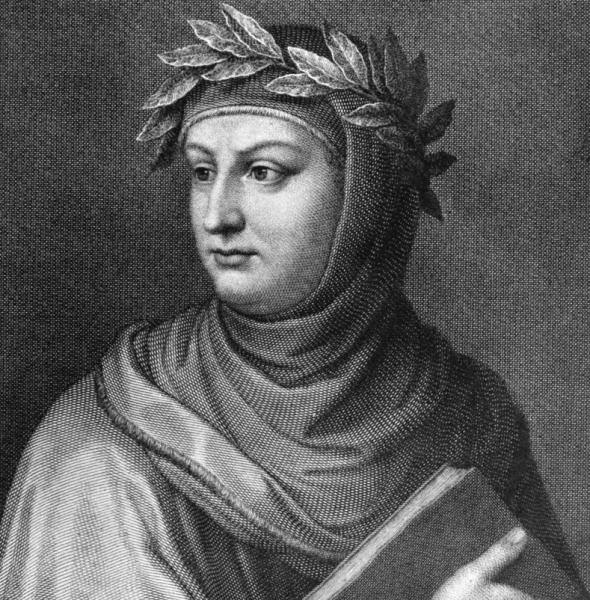- Read offline
- Access all content
- Use the in-app Map to find sites, and add custom locations (your hotel...)
- Build a list of your own favourites
- Search the contents with full-text search functionality
- ... and more!
Boccaccio and the Decameron
The Disenchantment of the World

Death was on everyone’s mind when the Great Plague rolled through Italy in 1348. In art, the most striking memories of those harrowing days are the powerful frescoes by the 'Master of the Triumph of Death' in Pisa’s Campo Santo. In literature, no account surpasses Boccaccio’s introduction to his masterpiece, The Decameron, the ‘human comedy’ that complements the Divine Comedy of his fellow Florentine Dante.
Boccaccio, the son of a prosperous banker, was the first great writer from the urban middle class. Born either in Florence or in the Florentine town of Certaldo in 1313, he spent much of his youth in the literate, art-loving court of Robert of Anjou in Naples. He returned to Florence shortly before 1348, when the sight of the bodies of plague victims piled in the street sent deep cracks into his belief about the divinely ordered medieval cosmos that he had been reared on and loved in The Divine Comedy.
Images by John William Waterhouse, Raffaello Sanzio Morghen, 1822

